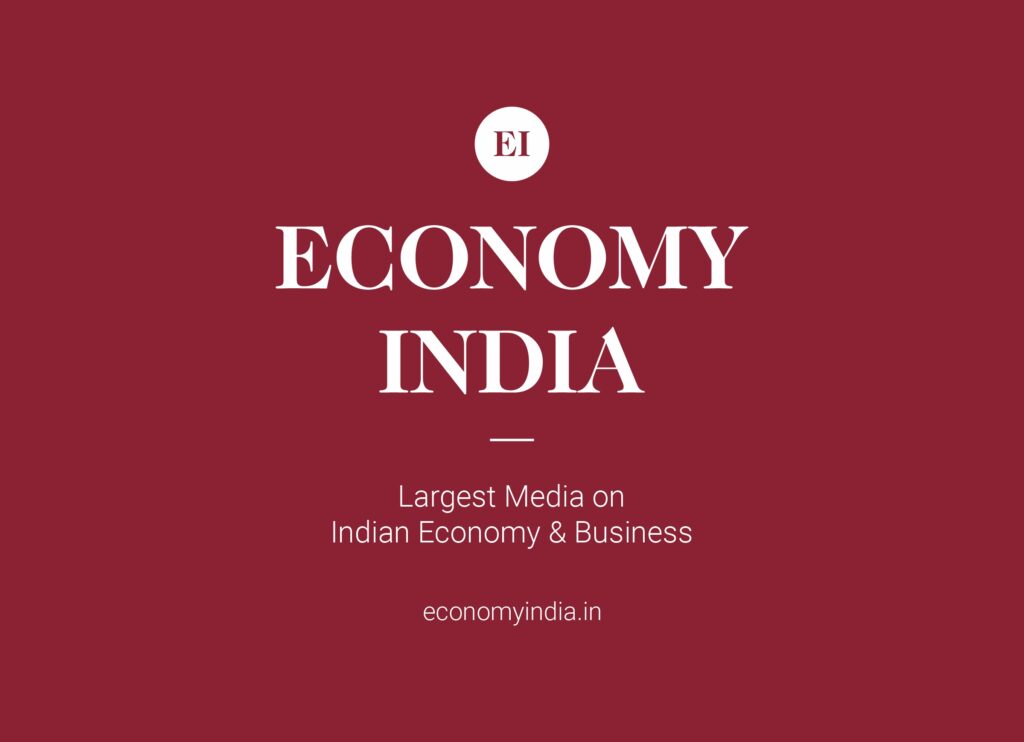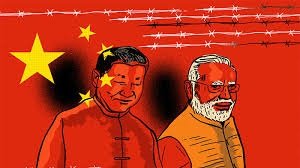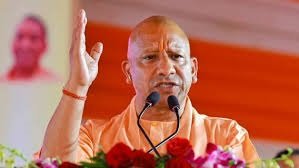New Delhi (Economy India): India’s trade relationship with China continues to deepen, but the widening imbalance has raised pressing concerns for policymakers and industry leaders. Recent data shows that India’s trade deficit with China has surged to $99.2 billion, underscoring the persistent structural asymmetry between Asia’s two largest economies.
While total bilateral trade volumes have been rising, the benefits remain disproportionately skewed toward Beijing. Indian imports of Chinese electronics, machinery, chemicals, and industrial components have surged, while Indian exports face regulatory hurdles and non-tariff barriers in China, preventing balanced growth.

India’s Growing Trade Deficit: The Numbers Behind the Concern
India’s trade deficit with China has steadily increased over the past decade. From $51 billion in 2017–18, the gap has nearly doubled, making China India’s largest source of imports.
- Imports from China: Dominated by smartphones, telecom equipment, solar modules, active pharmaceutical ingredients (APIs), and industrial machinery.
- Exports to China: Primarily raw materials such as iron ore, cotton, and limited volumes of agricultural products and chemicals.
This skew has reinforced India’s role as a supplier of raw materials and a consumer of finished Chinese goods—an imbalance that the government has long sought to correct.
Prime Minister Modi’s Call for Strategic Cooperation
In a statement on August 29, Prime Minister Narendra Modi highlighted the importance of collaboration despite differences.
“For stability in the global economic order, India and China must work together. India is prepared to advance bilateral ties from a strategic and long-term perspective based on mutual respect, mutual interests, and mutual sensitivity,” he said.
The remarks reflect India’s recognition that while competition is inevitable, cooperation in select areas could be mutually beneficial.
Non-Tariff Barriers: India’s Core Complaint
A recurring challenge for India is the restricted access of its goods in the Chinese market. Key issues include:
- Pharmaceuticals: Indian generics face lengthy approval processes in China.
- Agricultural exports: Restrictions and quotas limit Indian produce.
- IT and services: Despite India’s global leadership in software and IT services, Chinese market penetration remains negligible.
Meanwhile, China has steadily expanded its footprint in Indian markets, from smartphones and consumer electronics to renewable energy equipment, creating dependency risks.
Strategic and Economic Implications for India
Analysts warn that a deficit of nearly $100 billion is not merely a trade issue but a strategic vulnerability.
- Manufacturing competitiveness: Heavy reliance on Chinese imports for key components weakens India’s ability to scale its own industries.
- Foreign exchange drain: Persistent deficits contribute to current account pressures.
- Geopolitical risks: Economic dependencies can limit strategic flexibility in times of political or security tensions.
India’s Response: Building Alternatives
To address these vulnerabilities, the Indian government has stepped up efforts on multiple fronts:
- Production-Linked Incentive (PLI) Schemes – aimed at boosting domestic manufacturing in electronics, semiconductors, textiles, and pharmaceuticals.
- Supply Chain Diversification – India is actively promoting trade with Southeast Asia, Europe, the Middle East, and Africa to reduce reliance on China.
- Tariff and Non-Tariff Measures – occasional restrictions on Chinese imports, particularly in sensitive sectors such as telecom and infrastructure, to protect domestic interests.
- Atmanirbhar Bharat (Self-Reliant India) – long-term push to strengthen local production ecosystems and reduce dependency.
Industry Reactions: Concerns and Cautious Optimism
Exporters argue that the trade gap cannot be bridged overnight. “Access to the Chinese market for Indian pharmaceuticals and services remains limited. Unless barriers are lifted, India will struggle to balance trade,” said an industry representative.
At the same time, Indian entrepreneurs see opportunities. With rising costs in China and global companies seeking to diversify supply chains, India could position itself as an alternative hub for manufacturing.
Outlook: Cooperation or Confrontation?
The road ahead for India-China trade is complex. While economic interdependence makes complete decoupling unlikely, managing the imbalance remains a priority.
Experts suggest a dual approach:
- Continue to engage China diplomatically to push for fairer market access.
- Simultaneously accelerate domestic reforms and build partnerships with like-minded economies to reduce overdependence.
As India moves forward, the $99.2 billion trade deficit serves as both a warning sign and a call to action—highlighting the need for structural reforms, strategic foresight, and balanced diplomacy.
(Economy India)














